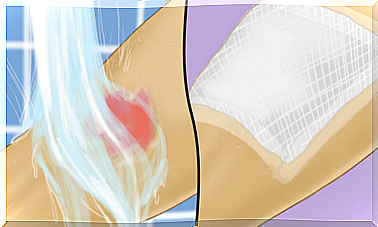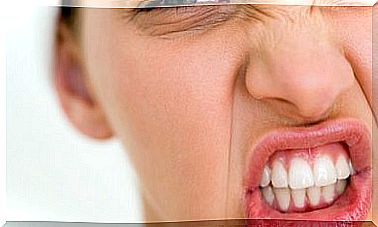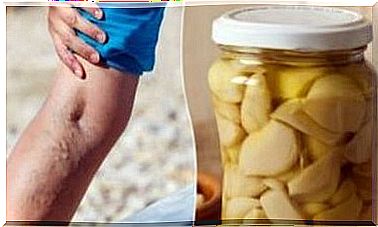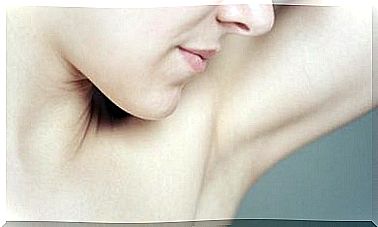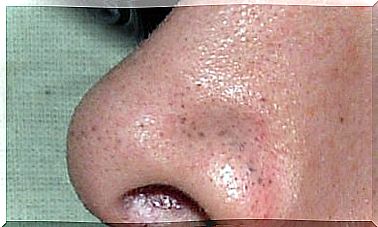Abdominal Obesity – Where Does It Come From And How To Fight It? – Step To Health
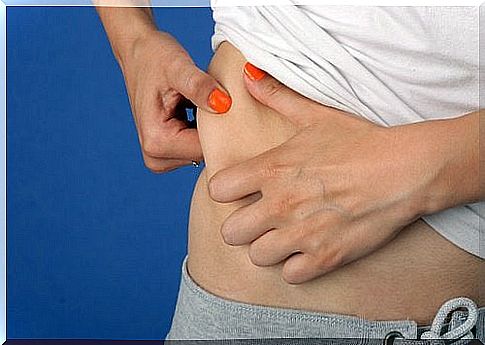
Abdominal obesity is not only a problem for people who are severely overweight; Fat tissue on the abdomen can accumulate in excessive amounts even in people with a normal body weight.
A flat and firm stomach is a dream for many of us, but it is not easy and requires a wide-ranging slimming action, including both diet and specific physical exercises.
If abdominal obesity makes you feel bad about yourself and you would like to change it, be sure to read this article and find out where the excess body fat comes from and how you can fight it.
Abdominal obesity and its causes

When we talk about obesity, we most often mean excess body fat, very often associated with fluid retention in the body, which is visible in specific parts of the body, for example on the abdomen, thighs, arms, back or buttocks.
However, abdominal obesity does not necessarily go hand in hand with being overweight; even relatively thin people sometimes have too much belly fat, even though other parts of the body are lean and firm. We will describe some possible reasons for this below.
Bad eating habits
When we consider the causes of abdominal obesity, we first want to limit the number of calories consumed. However, this is not entirely good thinking; What matters is not only the quantity, but also the quality of the products consumed every day.

Just counting calories is not enough to shed excess belly fat. A balanced and healthy diet is essential.
- Add a portion of protein to each main meal; use both animal and vegetable proteins (e.g. nuts, legumes or avocados).
- Instead of refined grains, choose whole grain products.
- Eliminate white sugar from your diet ; replace it with honey, cane sugar or stevia.
- Give up processed foods and fats, fried foods or margarine.
- Replace unhealthy fats with virgin vegetable fats ; you will find them in olive oil, coconut oil, sesame oil, linseed oil, avocado, nuts, grains, fish and butter (e.g. Indian ghee butter ).
Food intolerances
Many people suffer from numerous food intolerances and allergies, but are not even aware of it. Intolerance to a given product is manifested by intestinal discomfort, flatulence and other ailments typical of digestive disorders.
If you suspect that abdominal obesity in your case may be related to a food allergy, be sure to visit a doctor who will order appropriate tests that will allow you to exclude unwanted products from your diet. The most common types of intolerance are lactose and gluten intolerances.
Sedentary lifestyle
In order to maintain good condition and your dream figure, an appropriate dose of physical effort is essential every day. This is especially important if you want to get rid of a few extra pounds from around your waist.

It is a sedentary lifestyle and lack of exercise that most often contribute to the development of abdominal obesity.
In this case, medium to high intensity exercise will be best. Two or three sessions a week, half an hour each, should be enough.
Hormonal disorders
Hormonal disorders can also contribute to the development of abdominal obesity. This is especially true for premenopausal or climacteric women.
However, it happens that even very young women who have high estrogen levels also suffer from other hormonal disorders that cause abdominal obesity.
Proper eating habits are essential to restore the hormonal balance in the body. Dietary supplements such as pepper, chaste and yam will help you deal with excess abdominal fat.
Menopausal women can also benefit from the properties of primrose oil. The good news is that most hormonal imbalances go away on their own.
Incorrect body posture
If your abdominal obesity is not due to any of the reasons described above, another possibility is poor posture. In some cases, types of spinal curvature such as lordosis and scoliosis can also lead to abdominal fat deposits.
This is because our body naturally tries to provide the right balance and pressure on the feet. To avoid this, do spine exercises or visit a physical therapist
. Thanks to this, you will increase your flexibility, strengthen your spine and abdominal muscles, and it will also be easier for you to relax. Be sure to try!

